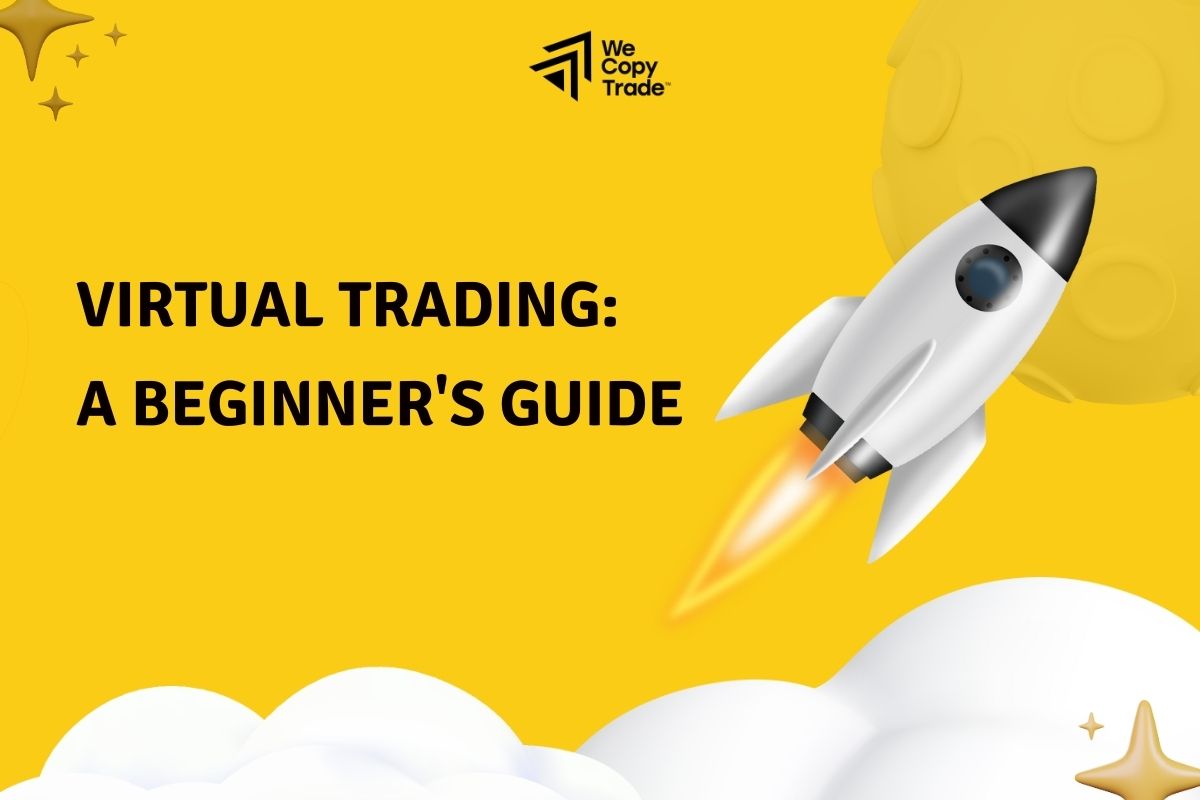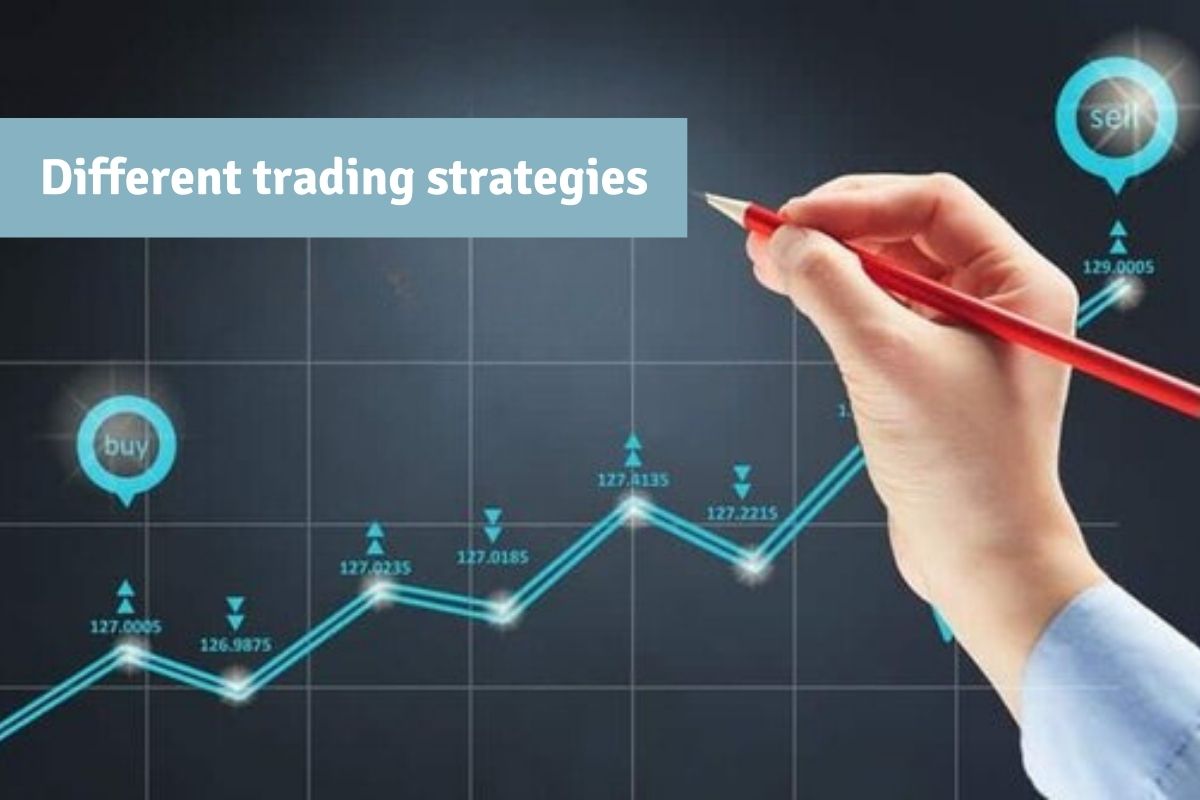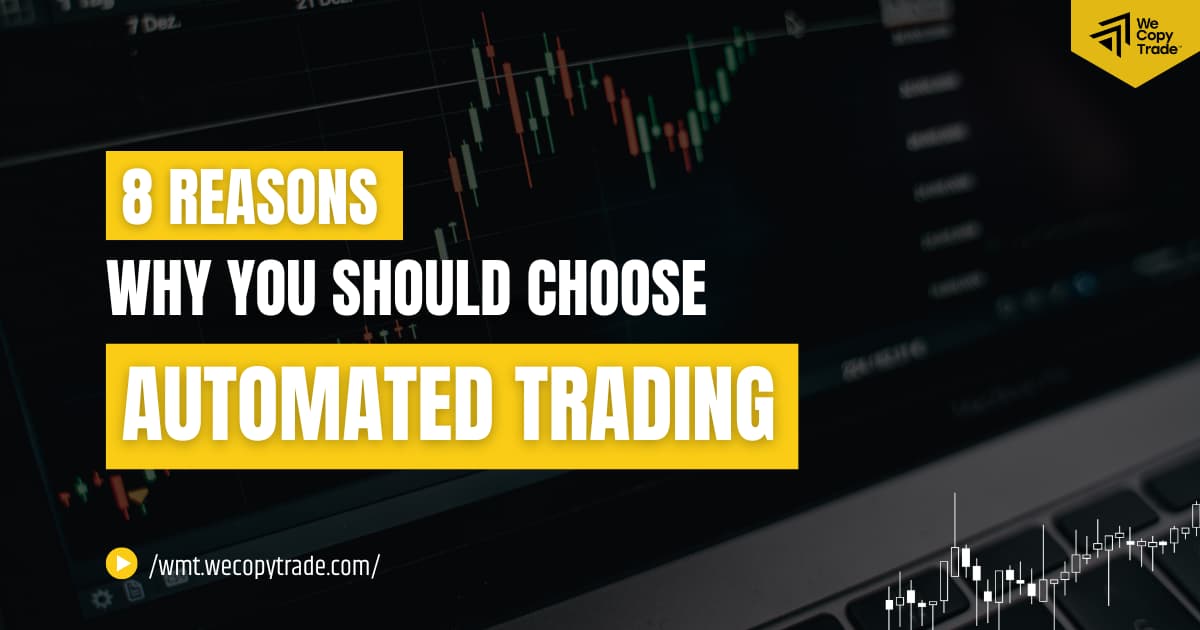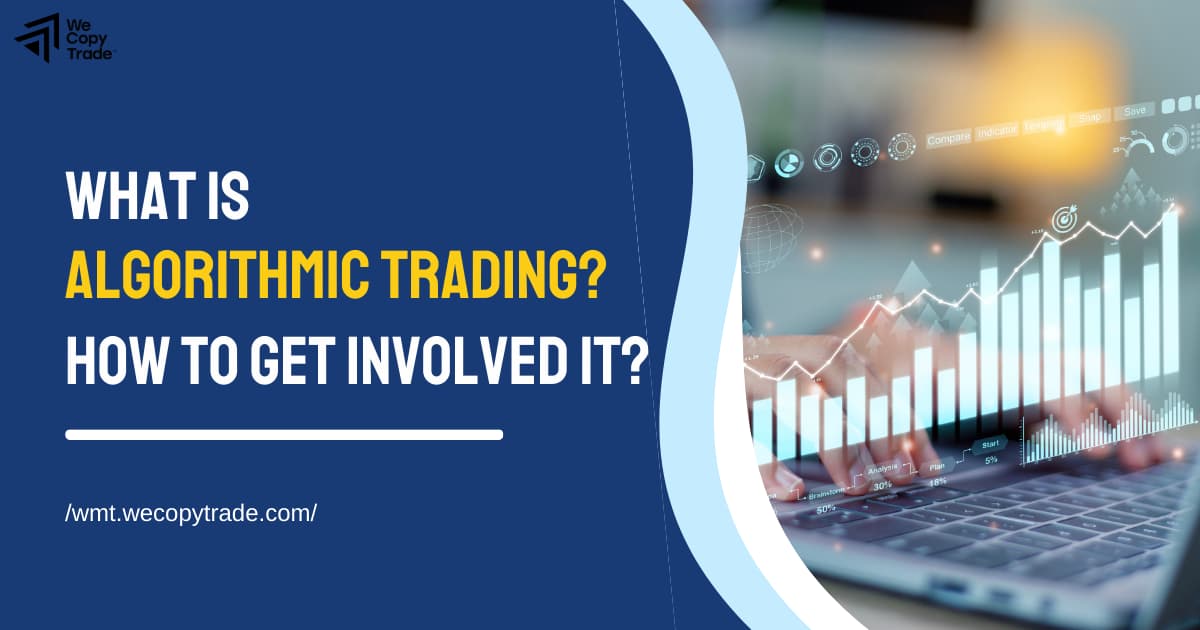While many rookies lose all of their money when first entering the trading world with no prior investing experience, there is a way to get started as a newbie without worrying about losing your hard-earned capital. This is where virtual trading enters the picture. This beginner’s guide will uncover the concept of virtual trading, how it may prime you with the expertise and confidence needed to trade with real money in the financial market, and the steps to get started with this exciting tool.
What is Virtual Trading?

Virtual trading, also known as paper trading or simulated trading, is the process of simulating real-world trading scenarios by utilizing a digital account instead. This is where participants can practice buying and selling financial assets like stocks without using real capital. It is essentially a safe playground for beginners to practice their skills and experiment with various strategies.
Virtual trading platforms are often designed in an attempt to simulate the same traits as the financial market, reflecting all the unpredictability and volatility that come with real-world market conditions. In particular, they offer virtual funds to traders and allow them to execute trades and monitor their performance.
Pros and Cons of Virtual Trading
Virtual trading is a valuable tool for individuals looking to gain practical trading experience without the risk of financial loss. Like any form of trading, it also comes with both pros and cons. Let’s delve into the benefits and potential drawbacks of this learning tool.

Pros
For beginners
- Learn the fundamentals of trading: Before getting involved in any trading journey, you must first master the basics. Virtual trading gives novices an amazing opportunity to learn all of the basics of trading such as how to purchase and sell stocks, how to analyze charts, how to utilize trading tools, and so on, in a risk-free setting.
- Understand the market: It teaches newcomers how markets work, how assets change in value, and how economic events affect trading
- Practice trading techniques: Beginners can try out various strategies to locate the one that best fits their specific financial goals and risk tolerance.
- Build confidence to trade with real funds: You will gain confidence as you make use of the virtual trading platform. Nothing is better than seeing your hard effort pay off, and once you are confident enough, you may start trading with real capital.

For seasoned traders
- Test new strategies: Experienced traders can use virtual trading to test out their new investing tactics. Instead of risking their money on an untested approach, they may utilize a simulation to see if it is worth using.
- Practice in a new market: While you may be an expert at Forex trading, there is no certainty that your expertise will translate to the precious metal market. Every financial market operates differently. These platforms allow you to access a new market without risking your funds.
Cons
- You do not keep the gains: With virtual trading, you do not lose your money and you also can not keep any of the money you make.
- Lack of emotions tied to investing: Another drawback is that virtual trading does not mimic the emotional aspects of real trading. Your emotions can run high when real money is involved and you do not know how you will react until you are in a specific situation.
- Slippage not addressed: Virtual trading can not account for slippage (price differences between the order placement and execution) and it can vary rapidly in real markets.
How to Start Virtual Trading
Here are steps to get you started with virtual trading.
Select a virtual trading platform
Opting for the right virtual trading platform is pivotal for a successful learning experience. Each platform possesses its unique features and tools so you need to look for the one that offers realistic market conditions, a user-friendly interface, and a wide range of tradable assets. Keep in mind that choosing the platform that suits your needs.
Known for its user-friendly layout, advanced tools, and analysis features, WeCopyTrade will be a great option for those who want to start virtual trading and improve their trading skills.

Create a virtual account
Once you have chosen a platform, the next step is to create a virtual account. This typically involves providing several basic information and agreeing to the platform’s terms as well as conditions. Make sure you have the basic details ready. After registration, you will be allocated a virtual budget that you can use to simulate trades.
Familiarize yourself with the platform
Take the time to explore and familiarize yourself with the virtual trading platform. Pay attention to the following key features:
- Placing orders: You have the opportunity to learn how to execute market orders, limit orders, and stop orders.
- Analyzing charts: Virtual trading helps you understand how to read and analyze candlestick charts, as well as other technical indicators.
- Portfolio monitoring: With simulated trading, you can explore how to track your virtual portfolio’s performance and monitor your open positions.
Define realistic goals
Establish clear and achievable goals for your virtual trading experience. Whether you’re focused on mastering specific trading strategies, gaining insights into market dynamics, or building confidence in decision-making, having well-defined goals will guide your learning journey.
Experiment with various strategies

Virtual trading is an opportunity to experiment with various trading strategies without the fear of financial loss. Test day trading, swing trading, or long-term investing strategies to discover what works best for you.
Key Tips for Successful Virtual Trading
To gain hands-on experience with virtual trading successfully, you should consider the following key tips:
- Treat it seriously: It is essential to approach virtual trading with the same seriousness as real trading. The goal is to learn and refine your skills, so make decisions as if your real money is at risk.
- Keep a detailed trading journal: You should keep a detailed record of your virtual trades in a trading journal. This can be a great tool for your improvement. Record your transactions, tactics, and observations in a trading journal. This practice can help you identify patterns, track your progress, and refine your approach over time.
- Learn from mistakes: Virtual trading is a safe space to make mistakes. Embrace them as learning opportunities, and use the experience to refine your strategies and decision-making process.
- Stay informed about market trends: Keep yourself updated on market news, economic indicators, and trends. Understanding the broader financial landscape will enhance your decision-making skills.
- Learn continuously: Be open to acquiring new skills, adapting to market changes, and refining your strategies over time. The virtual trading environment allows for ongoing experimentation and improvement.
Final Words
Virtual trading is an invaluable tool for novices looking to build a strong foundation in trading. By providing a risk-free environment, it allows you to experiment with various strategies, understand market dynamics, and gain confidence in your abilities. Armed with the knowledge acquired through virtual trading, beginners can take their first steps into the real world of investing with greater confidence and skill.
Nevertheless, it is crucial to recognize its limitations and prepare for real trading, where emotions and real financial impacts come into play. Visit our website to learn more about virtual trading and exciting tips https://wmt.wecopytrade.com/blog/.





